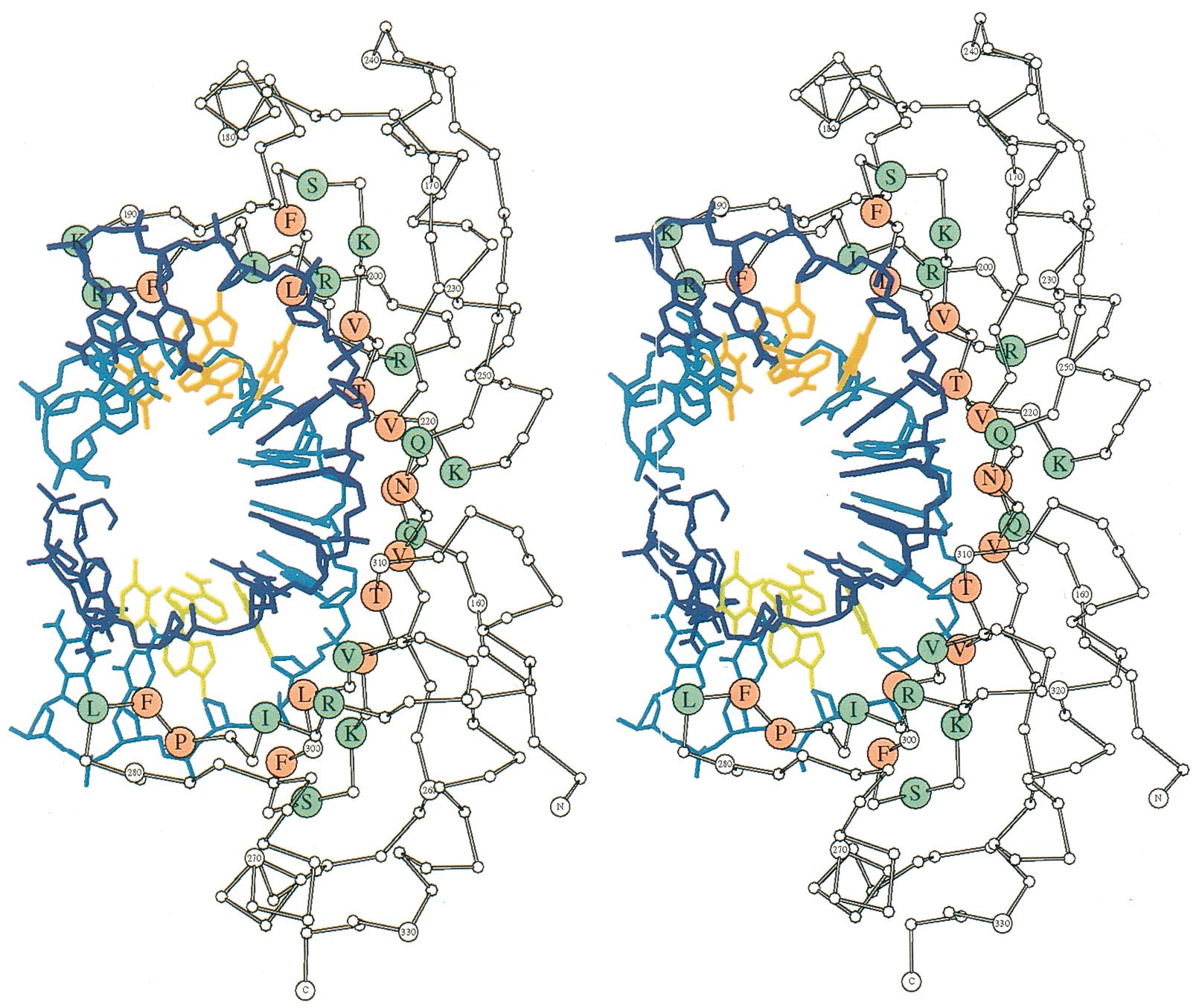TATA box is a feature of organisms that have dsDNA as a genetic material. Like most dsDNA promoter elements, TATA box is basically a section of dsDNA.
However a question like "On which DNA strand is TATA box present?" depends on what you define TATA-box as.
If you go by this definition:
In molecular biology, the TATA box (also called the Goldberg-Hogness
box)[2] is a DNA sequence (cis-regulatory element) found in the
promoter region of genes in archaea and eukaryotes
then TATA-box is merely a DNA sequence and is just a representation of a ssDNA region. However, TATA-box is also the binding site for TBP (TATA-binding protein; part of the TFIID complex). While the recognition of DNA elements by the TFs is effectuated by the interaction of amino acid residues with DNA bases and backbone on one or both the strands, the TF binding and its activity has a stereochemistry.
Likewise, TBP also interacts with bases as well as the sugar-phosphate backbone on both the strands (Juo et al., 1996; PDB:1TGH).

 Figure 2. Stereo pair drawings of the human TBP/DNA complex, with TBP at right and the sharply bent C-G-T-A-T-A-T-A-T-A-C-G duplex at left. (a) Molscript skeletal drawing (Kraulis, 1991). TBP residues that interact with the floor of the minor groove are shown in red with one-letter amino acid codes, and residues that interact with the sugar/phosphate backbone are shown in green. The coding strand of DNA is dark blue, and the non-coding strand is light blue. The two yellow-green base-pairs at bottom are the T1-A2 step that is kinked by interstitial phenylalanine residues, while the equivalent kinked step at T7-A8 is marked in orange. (b) Secondary structure diagram, with a-helices as coils and b-sheet strands as flat ribbon arrows pointing along N-to-C chain direction. Color coding as in (a).
Figure 2. Stereo pair drawings of the human TBP/DNA complex, with TBP at right and the sharply bent C-G-T-A-T-A-T-A-T-A-C-G duplex at left. (a) Molscript skeletal drawing (Kraulis, 1991). TBP residues that interact with the floor of the minor groove are shown in red with one-letter amino acid codes, and residues that interact with the sugar/phosphate backbone are shown in green. The coding strand of DNA is dark blue, and the non-coding strand is light blue. The two yellow-green base-pairs at bottom are the T1-A2 step that is kinked by interstitial phenylalanine residues, while the equivalent kinked step at T7-A8 is marked in orange. (b) Secondary structure diagram, with a-helices as coils and b-sheet strands as flat ribbon arrows pointing along N-to-C chain direction. Color coding as in (a).
Considering this, you can say that TATA-box is essentially a dsDNA region.
However, another twist in the story is that TBP can also activate genes with TATA-less promoters (Kamenova et al., 2014) and this is possibly facilitated by other protein partners of TBP in TFIID complex.
Our results are consistent with the model that sequence-specific
TBP-DNA contacts are not important at yeast TATA-less genes and
suggest that other general transcription factors or coactivator
subunits are responsible for recognition of TATA-less promoters. Our
results also explain why yeast TBP derivatives defective for TATA
binding appear defective in activated transcription.
This, still does not contradict with the fact that TATA-promoters need TBP and the binding is on both the strands.
So, my conclusion is that TATA-box is a dsDNA element but has a polarity in its mode of action.


